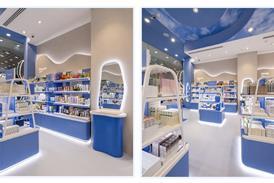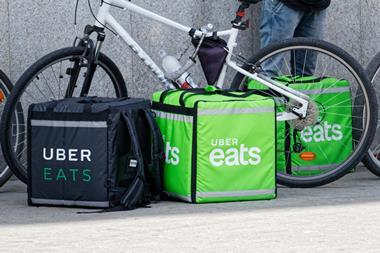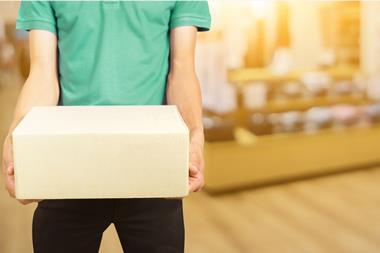With today’s focus on the power of data to transform retail, delivery is one of the key areas for winning competitive advantage and customer hearts and minds.
One area retailers should definitely devote more attention to is post-purchase delivery communication.
When a customer is waiting for their delivery, retailers should ensure they are informed and updated at every stage of the parcel journey, to make sure that they feel looked after.
In a crowded market, retailers must use every opportunity possible to keep customers coming back.
Typically, retailers’ communications with customers are focused on the pre-sale part of their purchase journey.
“In a crowded market, retailers must use every opportunity possible to keep customers coming back”
Here, communication is owned by the retailer and the customer receives the kind of on-brand experience they expect.
However, it is a different story when it comes to post-purchase. In this arena, ownership of communications is often passed onto the carrier.
While this might not necessarily mean a bad experience, it is a third-party one – something the consumer may not be immediately aware of and certainly not the on-brand experience they might expect.
This also means the retailer does not own the communication and, therefore, the whole of their customers’ journey.
“Retailers’ data is rarely joined-up enough to accurately know the most up-to-date delivery state of each parcel”
So, if it’s such a simple win, why aren’t more retailers investing in post-purchase communications?
The thing holding most retailers back is data. In particular, their data is rarely joined-up enough to accurately know the most up-to-date delivery state of each parcel.
And it definitely isn’t joined-up enough to actually predict when a delivery might be going wrong and reset their customers’ expectations.
Investment in the right systems, which are able to accurately track those orders, is critical if retailers want to improve and own their post-purchase customer experience.
If you look at the companies doing really well with tech, such as Asos or Zalando, they are putting the right output data in the consumer’s hands in the cleverest ways.
Everyone else needs to play catch-up and start a similar evolution to make their shopping journeys as well-informed and convenient as possible.

Joe Till is national sales manager at Sorted





























